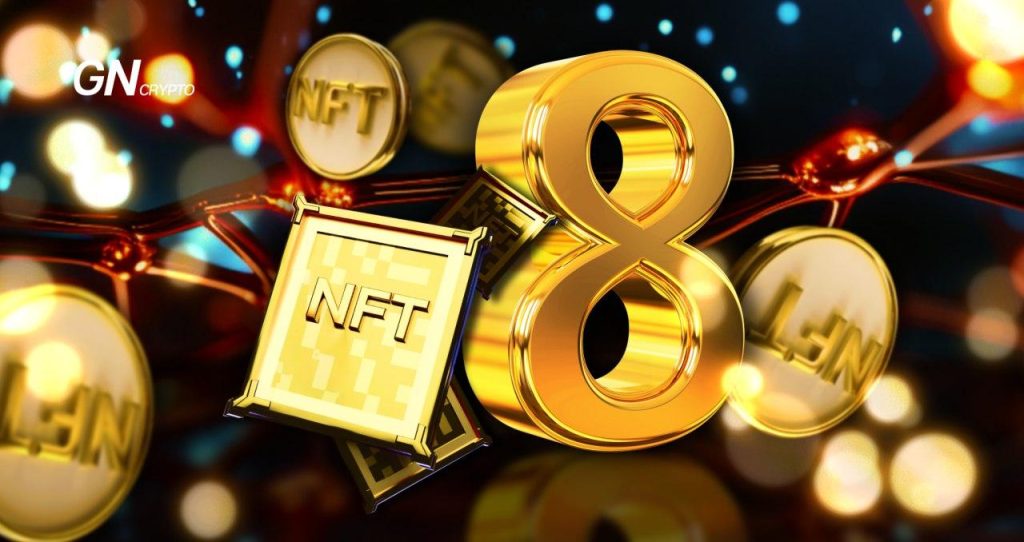How to Launch a Successful NFT Collection? 8 Essential Tips

Crafting an NFT collection is straightforward, yet propelling and amplifying the reach of your project demands substantial dedication and expertise. It’s crucial to arm yourself with knowledge before embarking on this journey.
On this page
How to Create NFTs and Why It's Just the Beginning
Our website hosts a range of articles on creating your NFT collection, with costs and methods varying based on the chosen crypto network, NFT characteristics, and their diversity.
NFTs can be deployed on all EVM networks (including Ethereum) using two smart contract standards: ERC-1155 or ERC-721. These contracts can be manually created via the Remix Ethereum service or through platforms like Thirdweb.
Other networks offer marketplace options. For instance, on the Solana blockchain, collections can be effortlessly created using Solanart, MagicEden, or Launchmint, requiring only a few minutes and up to $20.
However, mere creation does not ensure success.
Simply listing new tokens for sale risks them being lost amidst thousands of established collections, going unnoticed. Thus, we offer 8 strategic tips to ensure the successful launch and sale of your NFT collection.
Prioritize Marketing Before Minting
A common oversight by many creators is to focus on creating and launching their NFTs before initiating any marketing efforts. This sequence rarely leads to success.
It's vital to cultivate an audience prepared for a specific launch and minting date, generating anticipation and demand for the event. This strategy ensures that users are eager to acquire NFTs, knowing they can secure them even before they hit mainstream marketplaces. Without a preliminary marketing push, the minting process may falter, rendering the collection's trading debut lackluster.
This could also harm the project's reputation, signaling a lack of interest that deters potential future users.
Community: The Project's Backbone
A robust community is indispensable for any project. An NFT collection should be enveloped in its unique ideology and subculture, not only fueling demand but also serving as a powerful marketing tool as community members advocate for the project beyond its confines.
Discord is the platform of choice for many NFT projects to forge their communities. It's a widely-used and user-friendly social network that facilitates interaction among users and between users and the project team. Discord also allows for the cultivation of multi-language communities, broadening the potential audience.
To effectively promote the project, leveraging Twitter and investing in SEO-optimized websites are highly recommended strategies.
Limit Supply
An excessive number of NFTs serves as a poor indicator. A key element for vibrant trading is to have all NFTs minted before they hit the mainstream market. A large issuance can negatively impact demand (as everyone interested in NFTs will have acquired them immediately after minting), which can stifle interest from marketplaces faced with low trading volumes and thus, poor revenues.
On the flip side, too few tokens might lead to high asset costs, potentially out of reach for most traders. Therefore, it's crucial to strike the right balance by calculating an optimal number of tokens to mint.
Provide Token Utility
A prevalent issue with many NFTs is their depreciating value over time due to a lack of demand, with no backing from buyers. The sole remedy is to offer tangible benefits to users (for example, access to additional services or products simply by owning the tokens).
Certain launchpads grant holders extra allocations in projects, while some crypto networks offer NFT owners the chance to farm future tokens or receive retroactive airdrops. For instance, the crypto project Altlayer on the Cosmos Hub blockchain rewarded its NFT holders with tokens valued between $30,000 and $40,000.
The prospect of earning additional income organically generates interest among other users to acquire such assets.
Keep It Simple
Over-investing in the aesthetic appeal of a token is less important than ensuring its utility. It's better to rely on one trustworthy minting platform than several. Additionally, users should find it straightforward to secure a spot on the Whitelist (access to minting).
The simpler the project's organization, the more accessible it is to a wider audience. Such an approach facilitates audience growth and attracts participants from various backgrounds.
Be Original
The crypto community has grown weary of the repetitive themes of punks, dogs, and monkeys. To engage people, it's necessary to introduce something novel and timely, possibly linked to current global events, the crypto industry, or specific cultural phenomena.
The uniqueness and relevance of the project also aid in spreading the word, serving as an effective marketing strategy.
Maintain Deadlines and Roadmap
A clear whitepaper and roadmap are essential pre-launch. Deviating from set deadlines can tarnish the project's reputation and diminish its audience.
Numerous crypto projects that sought investments in 2020 and 2021 had to delay their listings due to “adverse market conditions.” The funds allocated to marketing for these listings, which never occurred, were effectively wasted.
To avoid roadmap execution issues, it's vital to realistically assess capabilities and set feasible deadlines for each milestone, including contingency plans for unexpected events.
Avoid Greed
Setting exorbitant prices for NFTs and seeking large sums in early investment rounds can be counterproductive. Greed is frowned upon in the cryptocurrency world, often having a detrimental impact on the project. If a collection secures substantial funding early on, the team may lose motivation for further development, questioning the need to continue if significant earnings have already been achieved. This attitude is transparent to traders, who may then hesitate to engage with such a collection actively.
The content on The Coinomist is for informational purposes only and should not be interpreted as financial advice. While we strive to provide accurate and up-to-date information, we do not guarantee the accuracy, completeness, or reliability of any content. Neither we accept liability for any errors or omissions in the information provided or for any financial losses incurred as a result of relying on this information. Actions based on this content are at your own risk. Always do your own research and consult a professional. See our Terms, Privacy Policy, and Disclaimers for more details.


























